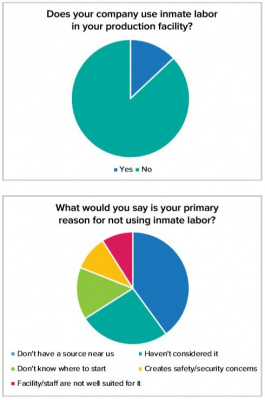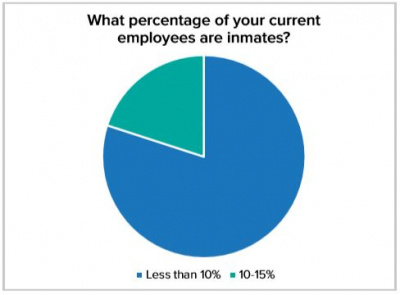Editor's Message: A Workforce Option to Consider
Editor's Message: A Workforce Option to Consider
One topic that was on virtually everyone’s lips at BCMC in Columbus a few weeks ago was the labor shortage facing not only the construction industry but the component manufacturing industry as well. Where do you go to find more viable candidates when your traditional pool of applicants isn’t as robust as you need it to be? In this issue we begin looking at women in this industry (page 22) and how some component manufacturers (CMs) have integrated them into their workforce. We’ve also recently touched upon hiring interns (see May 2019 and June/July 2019) and building relationships with schools (April through August 2019).
Another pool of candidates available to many CMs are the currently and recently incarcerated. Over the years, we have written a few stories about CMs who have had success hiring from prison populations (March, April, May 2005) but we wanted to know more about how the industry is currently relying on this population. What follows are the results of a recent online SBC Industry News poll.
Of the nearly 100 respondents, only 13 percent indicated they currently use inmate labor in their production facility. Of those who do not, 40 percent said the primary reason they don’t use inmates is because they don’t have a correctional facility near them that accommodates this kind of work-release arrangement.
As for the rest who may have access to an incarcerated workforce option but choose not to pursue it, 26 percent indicated they haven’t ever considered it. Another 15 percent would consider it but don’t know where to start.
Ten percent are specifically concerned about safety or security issues it may create, and nine percent don’t feel they have the facility or staff appropriate for this kind of arrangement.
For those who do employ inmates, only 20 percent indicated they make up more than ten percent of their total workforce, and all of them said their inmate pool of workers are utilized either in the production area or in material handling. What is interesting is that 70 percent of the companies using inmate labor have done so for more than five years.
While 70 percent of the respondents using inmate labor say this option successfully helps them create a more stable workforce that increases their production capacity, the biggest downside identified was that it’s hard to transition them to long-term, full-time employment once they are released.
Given the results of this poll, there are clearly additional success stories to tell and best practices to share with regard to working with correctional facilities to bring in currently and recently incarcerated individuals. If you have experience in this issue and you’d like to share, please let us know via editor@sbcmag.info.



